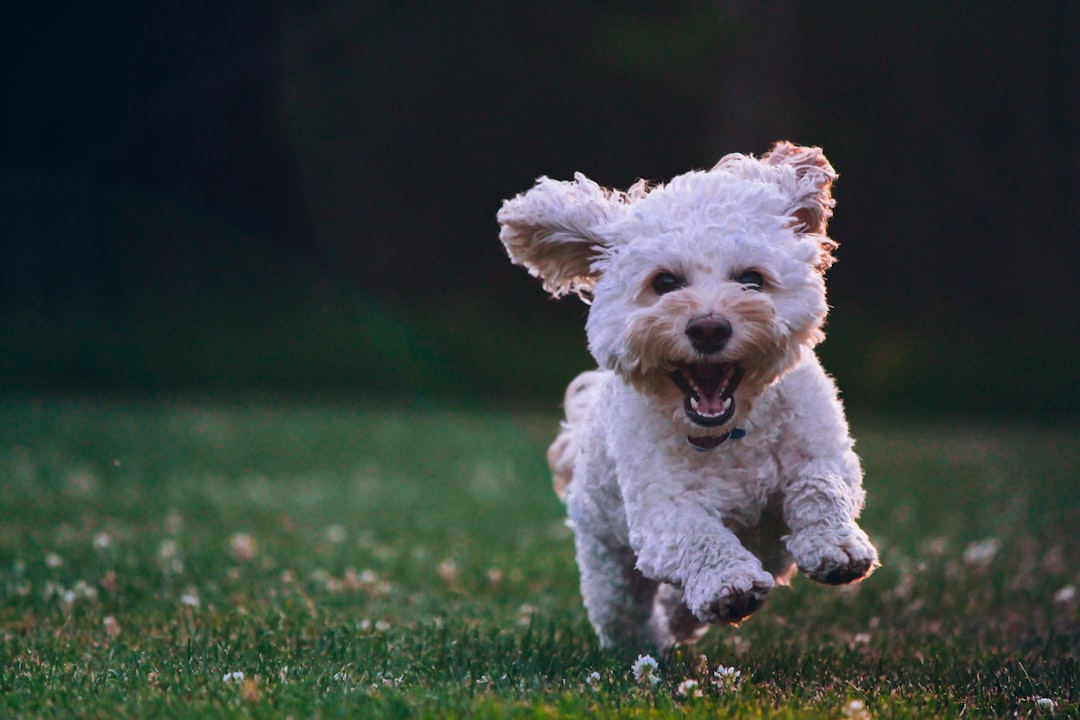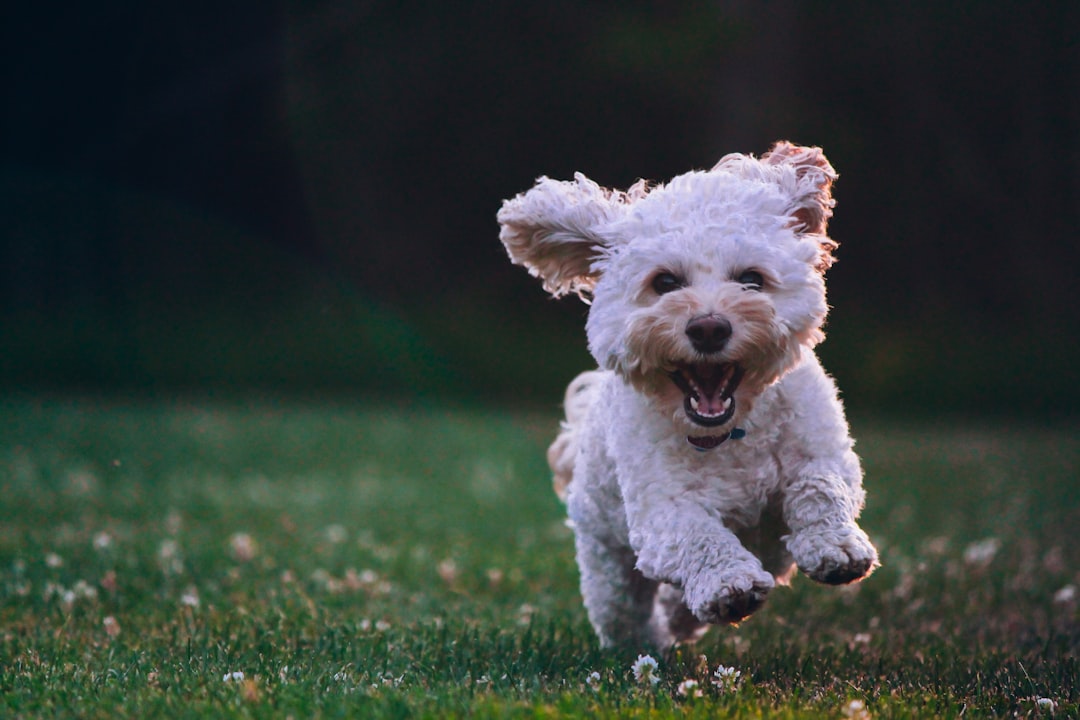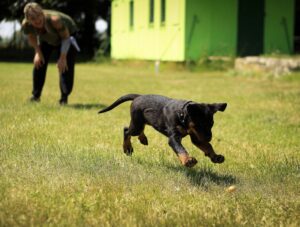Mastering Clicker Training: A Comprehensive Guide for Dog Owners
A comprehensive guide to understanding and implementing clicker training for dogs, including its benefits, principles, and practical tips for successful training sessions.
Benefits of Using Positive Reinforcement in Dog Training
Positive reinforcement in dog training offers a plethora of benefits that contribute to effective communication and bonding between dogs and their owners. By rewarding desired behaviors with treats, praise, or playtime, dogs learn to associate positive outcomes with their actions, increasing the likelihood of repeating those behaviors [2]. This method not only motivates dogs to engage actively in training but also builds trust and mutual respect between the dog and the trainer.
One of the key advantages of positive reinforcement, particularly clicker training, is its versatility in addressing various training needs and behaviors in dogs. For example, clicker training can be instrumental in modifying unwanted behaviors like excessive barking or jumping by redirecting the dog’s focus towards more desirable actions. By focusing on rewarding what the dog does right instead of punishing mistakes, positive reinforcement fosters a supportive and encouraging training environment that boosts the dog’s confidence and willingness to learn.
What is Clicker Training for Dogs?
Clicker training for dogs is a positive and effective method that leverages a small device to produce a unique clicking sound, serving as a signal to reinforce desired behaviors in our furry companions. This approach stands out by utilizing the clicker as a marker to pinpoint and acknowledge the exact moment when the dog performs the desired behavior correctly, facilitating clear communication between the trainer and the dog. By associating the clicking sound with rewards, clicker training streamlines the training process, making it easier for dogs to understand the behaviors that lead to positive outcomes.
Moreover, clicker training aligns with the principles of operant conditioning, a fundamental concept in behavioral psychology that emphasizes the importance of reinforcement in shaping behaviors. Through this method, dogs learn to associate their actions with consequences, fostering a deeper understanding of what is expected of them during training sessions. By focusing on encouraging and rewarding desirable behaviors, clicker training establishes a positive learning environment that motivates dogs to engage and participate actively in the training process, leading to more successful outcomes.
Benefits of Clicker Training
Clicker training offers a multitude of benefits for both dogs and their owners. One significant advantage is its high effectiveness in teaching complex behaviors by breaking them down into manageable steps, making the learning process more accessible for dogs. For instance, when teaching a dog to weave through poles in agility training, the clicker can precisely mark each correct movement, aiding in shaping the desired behavior effectively.
Furthermore, dogs trained with clickers often exhibit higher engagement levels during training sessions, perceiving the activities as fun and mentally stimulating rather than a chore. This positive outlook on training not only enhances the dog’s learning experience but also strengthens the bond between the dog and the trainer. This bond is crucial in establishing trust and cooperation, creating a harmonious relationship based on mutual respect and clear communication. For example, when teaching a dog to fetch an item, the clicker can mark the exact moment the dog picks up the object, reinforcing the behavior positively.
Moreover, clicker training is not limited to obedience commands; it can be seamlessly integrated into teaching tricks and refining communication between dogs and their owners. By incorporating the clicker into various training activities, such as teaching a dog to spin in a circle or to give a high-five, pet owners can enhance their canine companions’ mental acuity and physical coordination while deepening their connection through shared learning experiences. This versatility of clicker training promotes a positive and enriching environment for both the dog and the owner, fostering a rewarding journey of growth and understanding in their relationship.
Basic Principles of Clicker Training
Clicker training is deeply rooted in the principle of positive reinforcement, where dogs are rewarded with treats or praise promptly after the distinctive sound of the clicker. This immediate reinforcement strengthens the connection between the desired behavior and the reward, making the training process more effective and enjoyable for the dog. By associating the click with a positive outcome, dogs quickly learn to repeat the actions that lead to the rewarding sound, facilitating the learning process.
Moreover, one of the fundamental aspects of clicker training is the concept of breaking down behaviors into manageable steps. This approach, known as shaping, allows trainers to guide dogs progressively towards the desired behavior by rewarding small increments of the action. For example, when teaching a dog to roll over, the trainer may first click and treat when the dog lies on its side, gradually shaping the behavior until the full roll-over is achieved. This systematic breakdown of behaviors not only aids in the learning process but also boosts the dog’s confidence as they successfully master each step.
Furthermore, the precise timing of the click is essential in clicker training. Dogs have a short attention span, and associating the click with the correct behavior ensures clear communication between the trainer and the dog. The click marks the exact moment the dog performs the desired action, eliminating any confusion and reinforcing the behavior effectively. Consistency in using the clicker and offering rewards, along with patience in guiding the dog through the training process, are vital components of successful clicker training sessions. These principles create a positive learning environment where dogs can thrive and develop new skills while strengthening the bond between the dog and the trainer.
Examples of Clicker Training Exercises for Dogs
Clicker training offers a wide range of exercises that can benefit dogs of all breeds and ages. For instance, if you have a high-energy dog, you can utilize clicker training to teach them agility tasks like weaving through poles or jumping over obstacles. By clicking and rewarding each successful attempt, your dog will quickly grasp the desired behavior and enjoy the mental and physical stimulation that agility training provides.
Moreover, clicker training is particularly effective in addressing common behavioral issues such as separation anxiety. You can use the clicker to reinforce calm behavior when you leave the house, gradually increasing the duration of alone time while rewarding your dog for staying relaxed. Over time, this positive reinforcement can help alleviate separation anxiety and build your dog’s confidence in being alone.
Additionally, for timid or shy dogs, clicker training can be a game-changer in boosting their self-assurance. By rewarding small displays of bravery or sociability with the clicker and treats, you can encourage your dog to step out of their comfort zone and engage more confidently with new people, environments, or situations. This incremental approach to building confidence can have a profound impact on your dog’s overall well-being and quality of life.
These examples illustrate the versatility and effectiveness of clicker training in addressing a variety of training needs and enhancing the bond between you and your canine companion. By exploring different exercises and tailoring them to your dog’s specific requirements, you can unlock their full potential and foster a harmonious relationship built on trust and positive reinforcement.
Tips for Successful Clicker Training Sessions
When embarking on clicker training sessions with your dog, it’s essential to set the stage for success. Begin each training session with a brief warm-up exercise to help your furry companion focus and mentally prepare for the learning ahead. By engaging your dog in a pre-training activity, you can establish a positive and attentive mindset, which can enhance the effectiveness of the training session.
Consistency is key in clicker training. Ensure that you use the same clicker sound consistently and immediately follow it with a reward to reinforce the desired behavior effectively. This pairing of the click with a treat or praise helps your dog associate the sound with a positive outcome, strengthening the conditioning process. Consistent reinforcement is vital for your dog to understand what behaviors lead to rewards, facilitating their learning progress throughout the training sessions.
To maintain the clicker’s impact as a training tool, it’s crucial to avoid overusing it. Overuse can lead to desensitization, where the click loses its significance to your dog. By using the clicker judiciously and pairing it with rewards selectively, you can preserve its effectiveness in marking desired behaviors. Additionally, as your dog progresses in their training, remember to adjust the difficulty of the exercises gradually. This gradual increase in challenge keeps your dog motivated and engaged while continuing to make progress in their learning journey. By adapting the training difficulty to suit your dog’s skills, you can ensure continued growth and success in clicker training sessions.
Getting Started with Clicker Training
When embarking on clicker training with your dog, it is essential to introduce the clicker in a calm setting devoid of distractions. By starting in a quiet environment, you allow your furry friend to focus solely on the clicking sound, helping them associate it with positive outcomes. For instance, you can create a cozy corner in your home where you and your dog can engage in training sessions without disturbances, ensuring an optimal learning environment.
To initiate the training process, begin with simple commands like “sit” or “stay” to lay a solid foundation for more advanced behaviors. For example, when teaching the “sit” command, wait for your dog to naturally sit, click the clicker the moment their bottom touches the ground, then reward them with a treat. This sequence helps your dog understand that the click sound signifies the correct behavior, reinforcing their learning experience positively.
If you encounter any challenges or seek to deepen your knowledge of clicker training techniques, professional trainers or online resources can provide valuable insights and support. These experts can offer tailored advice, troubleshooting tips, and advanced strategies to enhance your training sessions. Remember, the keys to successful clicker training are consistency, patience, and the generous use of positive reinforcement to create a harmonious and effective training experience for both you and your four-legged companion.
Conclusion: Embracing Clicker Training for a Harmonious Relationship with Your Dog
In conclusion, clicker training is not only an effective method for teaching your dog new behaviors but also a fun and engaging way to interact with your furry friend. By utilizing the principles of positive reinforcement and the precise communication provided by the clicker, you can create a strong bond with your dog while shaping their behavior in a positive manner. For example, when teaching your dog the “stay” command, you can click and reward them each time they maintain the position, reinforcing this behavior through consistent positive feedback.
Moreover, the versatility of clicker training allows you to address a wide range of training needs, from basic obedience commands to advanced tricks and even behavioral issues such as anxiety or reactivity. For instance, if your dog displays fearfulness during car rides, clicker training can help desensitize them to the experience by associating the car with positive rewards, gradually building their confidence. Remember that patience, consistency, and a deep understanding of your dog’s individual needs are key to successful clicker training experiences.
To take your dog’s training to the next level and explore the full potential of clicker training, consider seeking guidance from professionals like Off Leash K9 Training of Hampton Roads. Their team of experienced trainers can provide tailored programs and expert advice to enhance your training journey, strengthen your relationship with your dog, and ensure a harmonious coexistence between you and your canine companion.













